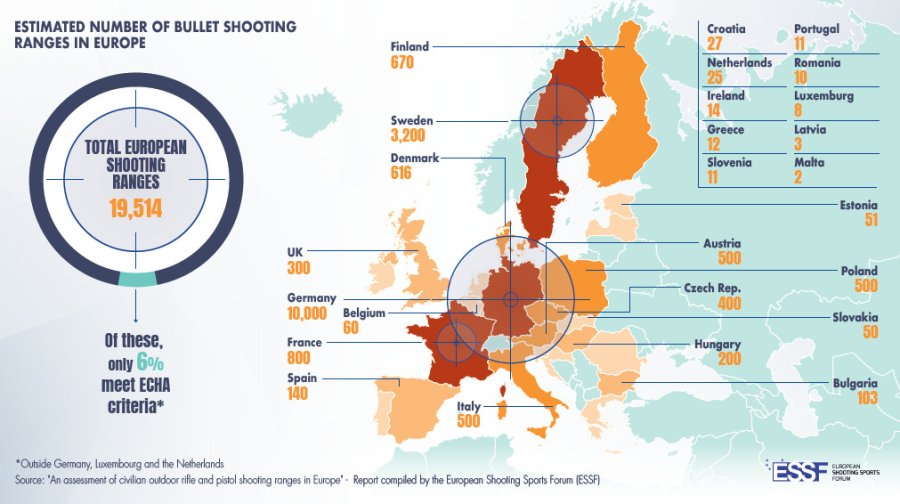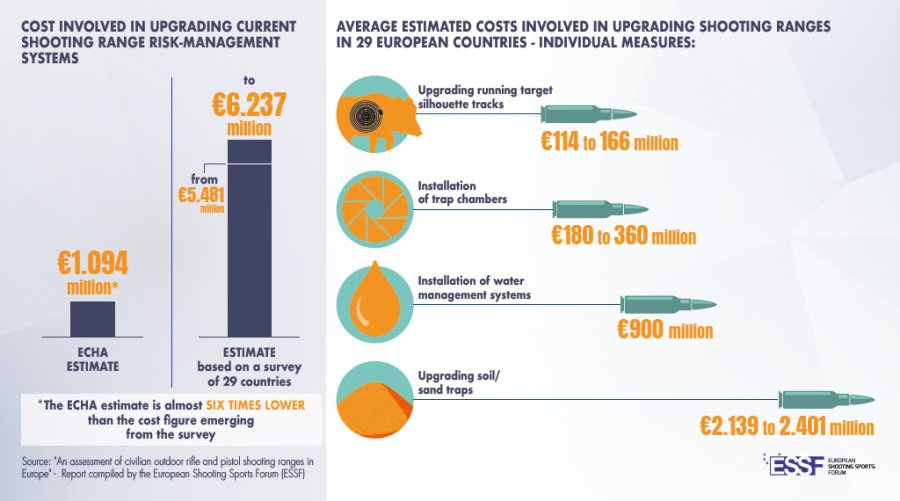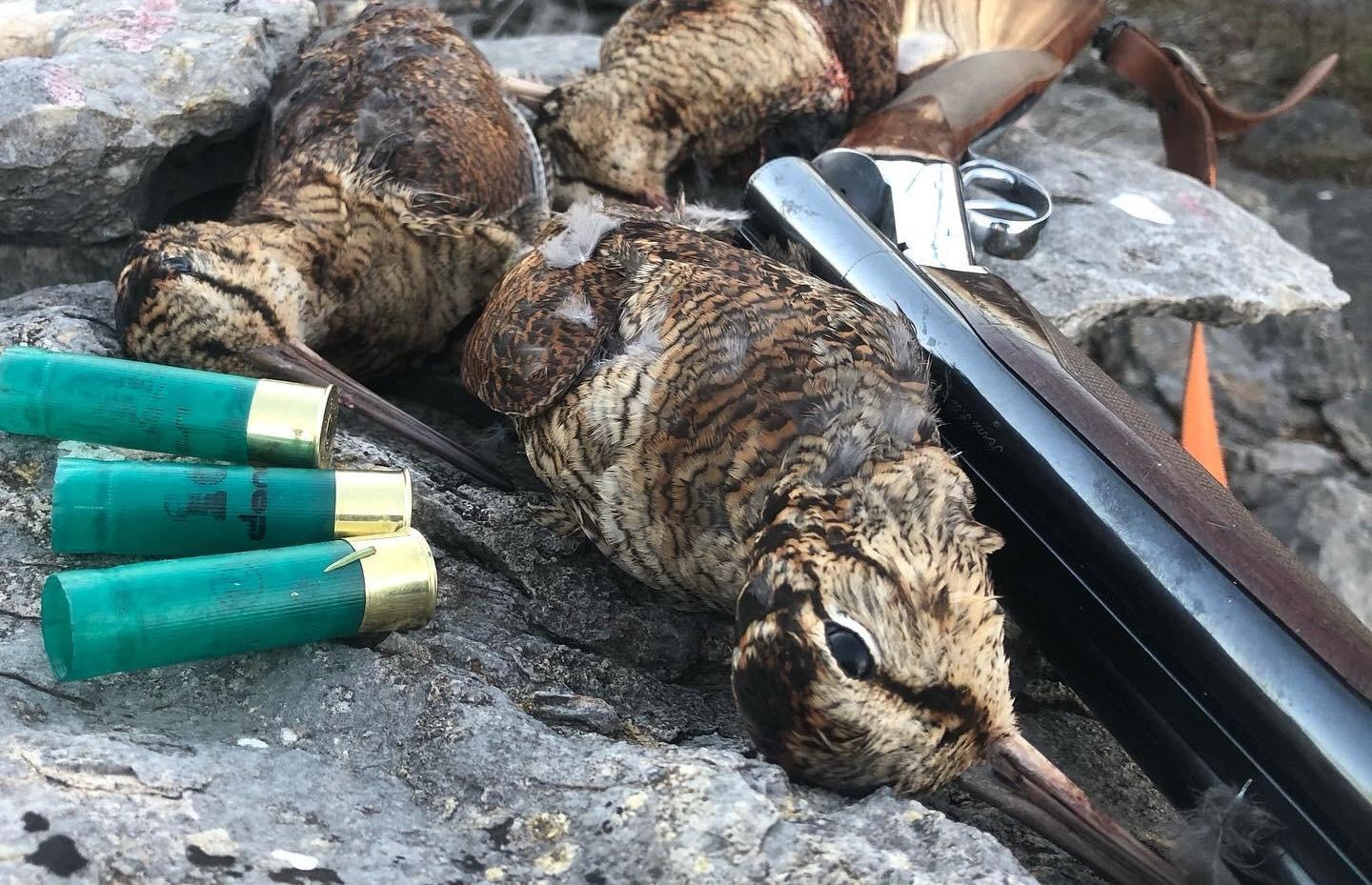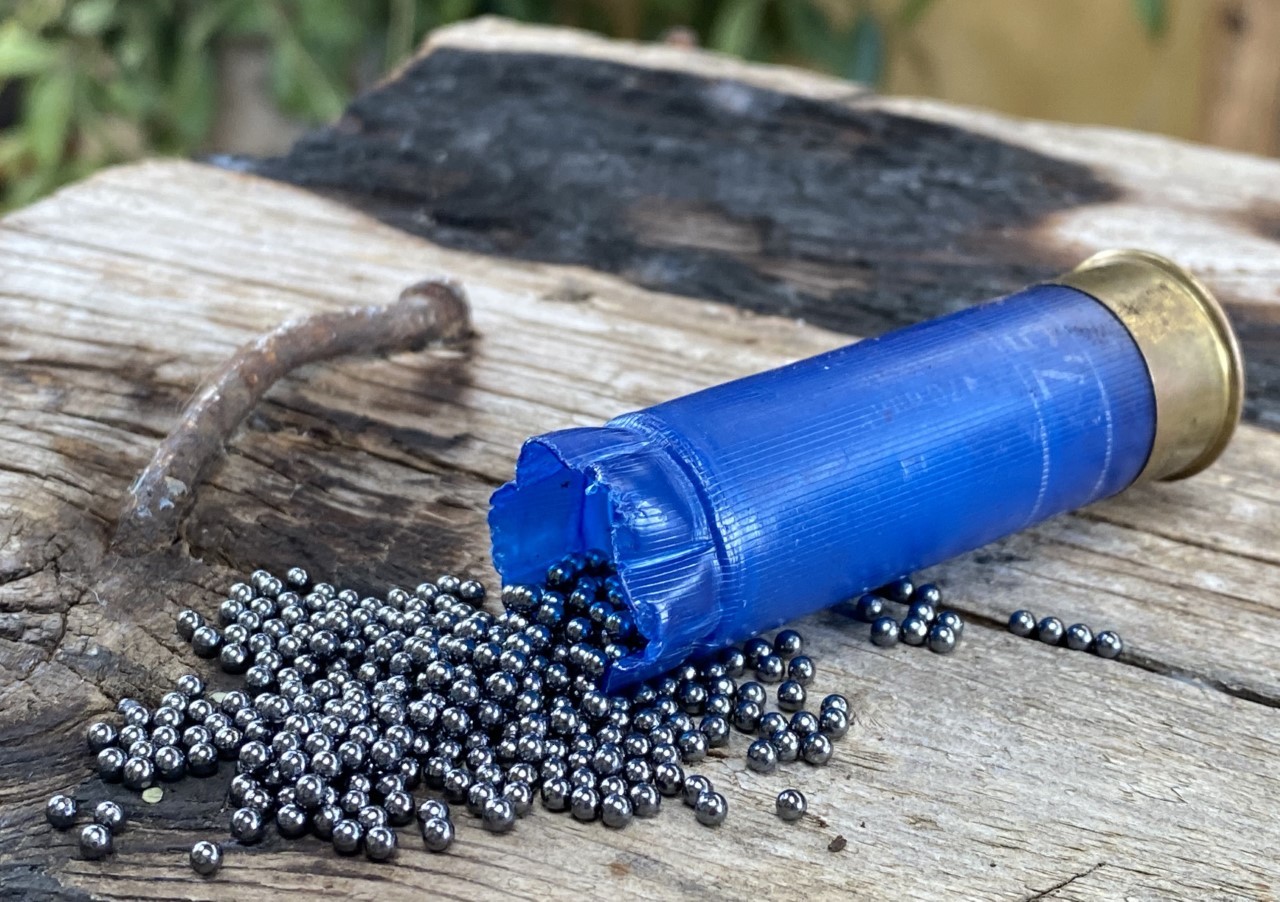In case you are in a hurry, here is the gist of the matter: the EU-wide restriction on the use of lead in ammunition called by the European Chemicals Agency (ECHA) will require a total cost of upgrading works at rifle and pistol outdoor shooting ranges that is between €5.5 and €6.2 billion, almost six times higher than the ECHA’s €1.094 billion estimate – ECHA in fact has greatly underestimated the necessary costs for these ranges to comply with the derogation conditions set out in the proposal. As a consequence, many pistol and rifle shooting ranges will be forced to close down, with serious harm to sport shooters and hunters across the UE.
These are the findings of an article that has been published on the Euractiv website on behalf of the European Shooting Sports Forum (ESSF), focusing on the results of the ESSF's assessment of the impact that the ECHA's proposed restriction on lead ammunition will have on outdoor rifle/pistol shooting ranges in the EU27 (+ UK, Norway and Lichtenstein). The article has been written by the IEACS/AFEMS Secretariat with the support of other ESSF members (mainly FACE and FESAC).
Another relevant aspect highlighted in the article is that, apart from Germany which has enjoyed at least three decades of investment in outdoor shooting ranges, the percentage of existing ranges in the EU27 with sufficient funds at their disposal to carry out upgrades is between nil and 5%. The result? If no alternative risk management solutions are taken into consideration by the Commission, the proposed measures and the imposed costs will lead to widespread closures and reduced opportunities for sport shooting, placing European sport shooters at a global competitive disadvantage.
Ban of lead in ammunition: a damage for European sport shooters

“The European Chemicals Agency is calling for an EU-wide restriction on the use of lead in ammunition,” the article explains. “A new study has revealed that only a limited number of ranges in the EU meet the proposed derogation conditions. Moreover, the agency has underestimated the costs of upgrading shooting ranges to meet the conditions of the derogation by €4-5 billion.”
If the proposed lead ban were to be implemented as proposed, most of Europe's 20,000 shooting ranges would face financially prohibitive challenges to meet the conditions of the derogation: “The ESSF study, the result of a survey across 26 EU member states, Norway, the UK, and Lichtenstein, establishes that only a limited number of ranges currently meet the ECHA's proposed derogation conditions. With the exception of ranges in Germany, Luxembourg, and the Netherlands, less than 6% of the ranges in the rest of the EU satisfy the proposed derogation’s conditions for the continued use of lead ammunition, confirming the stakeholders’ serious concerns about the ECHA’s proposal. Most of these ranges offer multi-discipline shooting sport options and would incur significant cumulative rebuilding costs.” For instance, just installing a water management system on one range costs up to €100,000, while upgrading one rifle range with a sand trap may exceed €2.7 million. Apart from these issues, a ban on lead will also have adverse effects on the supply chain.
Essentially, just like the ban on the manufacture of traditional combustion engines from 2035 or the “green buildings pact”, it seems that under the pretext of safeguarding human health and the environment the UE has embarked in another ideological adventure with reckless disregard of reality and consequences.

It's worth noting that the REACH regulation on the use of lead ammunition on shooting ranges applies only to civilians. Military and law-enforcement personnel, which consume a far greater volume of lead ammunition, especially in the current security climate, are exempt. “Thus, the regulation not only fails to reach its declared objectives, but it also discriminates between users, raising further concerns.”
The widespread closures and reduced opportunities for sport shooting will place European sport shooters at a global competitive disadvantage too: “ECHA’s proposals would have an extensive negative impact on operators of civilian outdoor pistol and rifle as well as on the millions of sport shooters and hunters who frequent them, endangering a passion-driven sport, which brings invaluable benefits to society”.
The ECHA's restriction proposal on lead ammunition is still under initial scrutiny by the European Commission. Once discussed and approved by the EU-Commission, the Parliament and the Council will have 3 months to approve the final text (mid-2025) and, if adopted, all restrictions will be gradually enforced by 2029-2030.
Comment by all4shooters.com on the status of the ban of lead
Let’s talk about consequences – better now, than never. Yes, it is late, but not too late. We have heard CEOs from the ammunition industry saying: the lead ban is on its way and we cannot stop it. Nevertheless, honestly: has giving up ever been an option? We would say no! To be precise: also FACE and ESSF were the organizations least opposed to the regulation of lead in the outdoor sector. FACE officials were even in favor of the bans as they “help protect wildlife”. Now they obviously learned their lesson and modified their position.
We could talk to one of our experts and here is what he confirmed: “I think the cost of installing water management systems is still underestimated at around €45,000 per shooting range. When I think about the cost of certain measures in a sewage treatment plant, I would estimate the cost to be even higher (depending on the conditions at the individual shooting range, of course).”
Lobby work is still a very important and powerful tool, to prevent incalculable damage for our industry and for the passion of shooters and hunters as well. Please imagine not having a place where you can adjust and zero your rifle with optics and ammo. Obviously, it’s not so easy to understand, because the matter of risk asessment is highly complex. Nevertheless, we are happy to see the current activities of AFEMS, ESSF and FACE. We all are sitting in the same boat.
You can find the full ESSF article on the Euractiv website.




